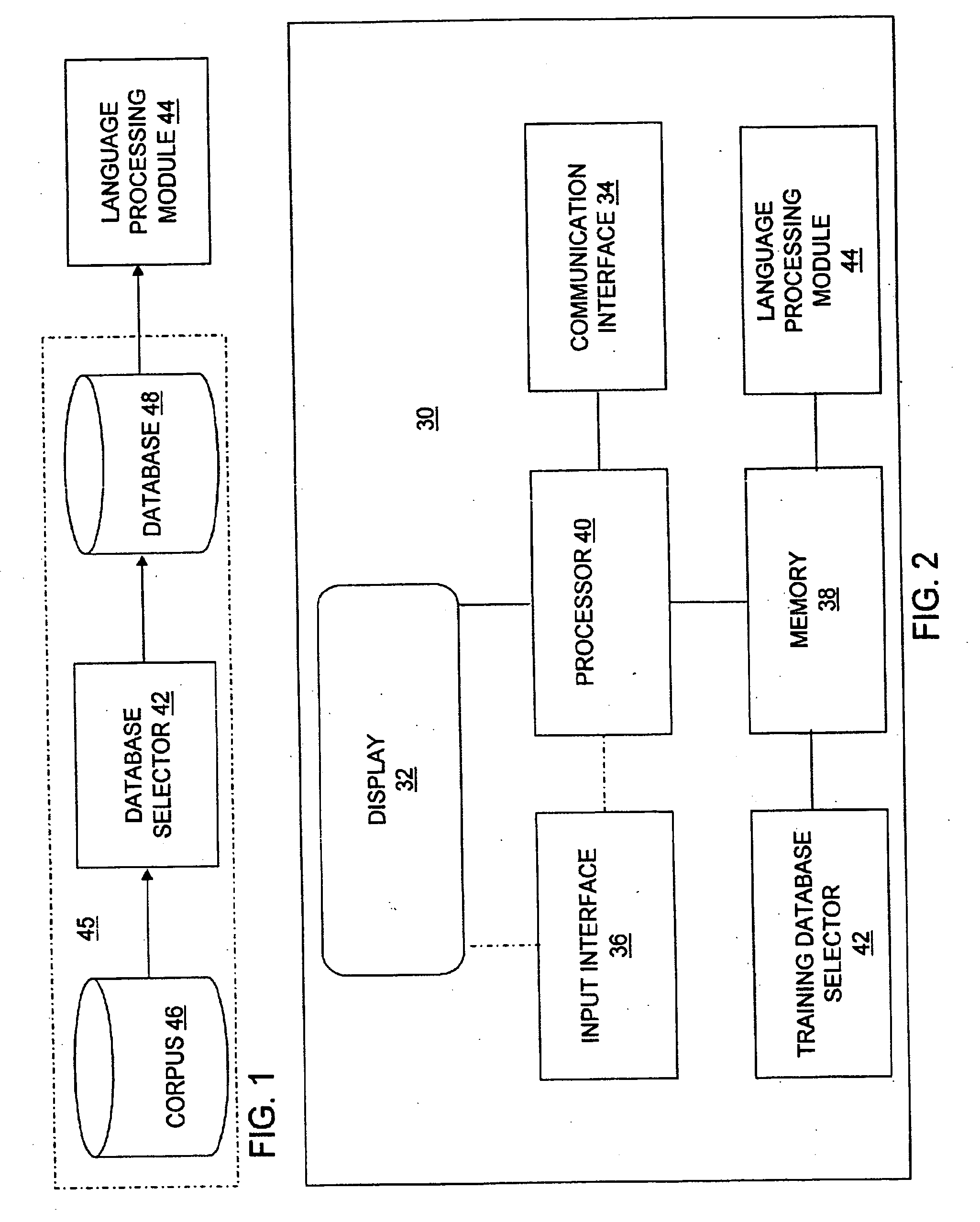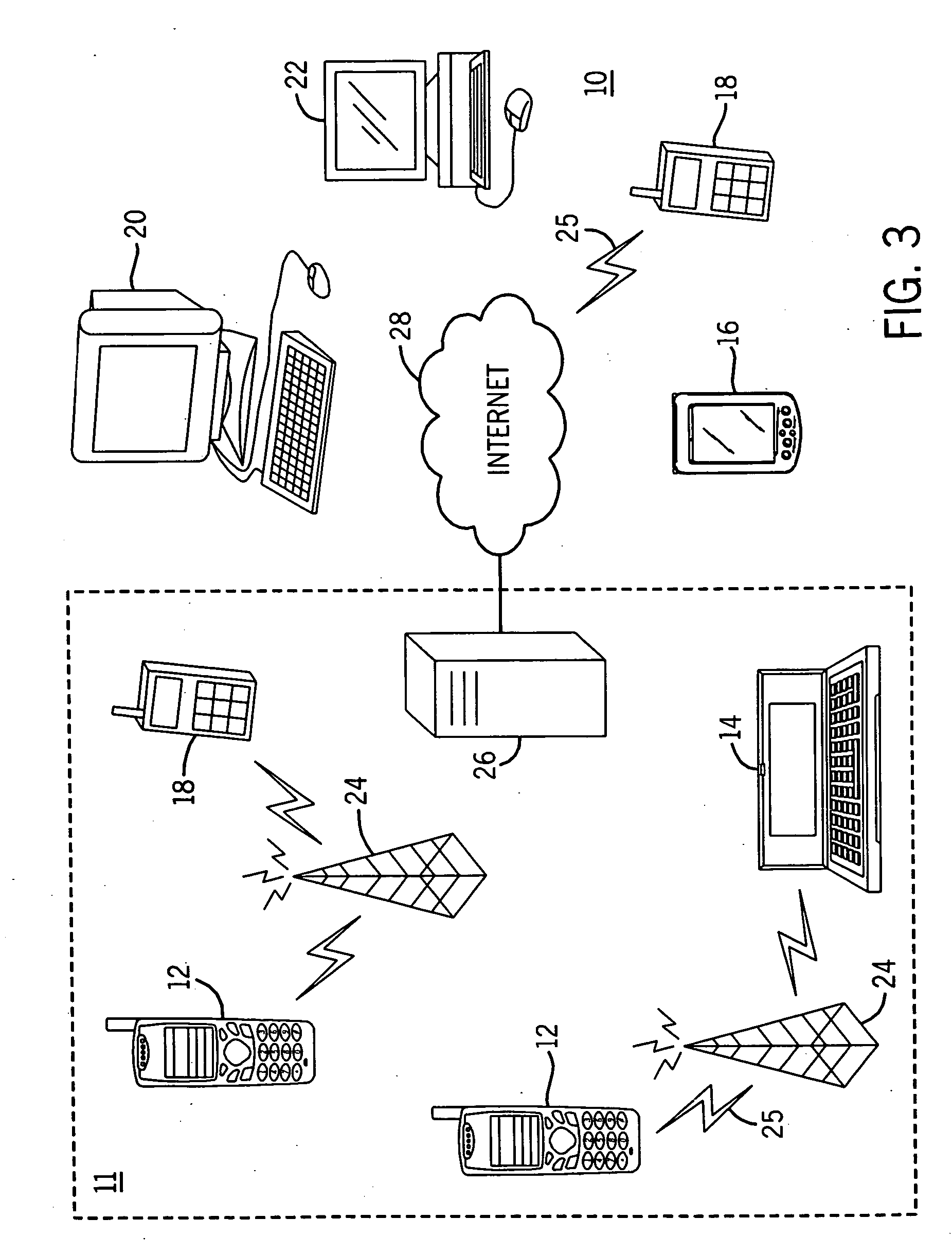System and method for measuring confusion among words in an adaptive speech recognition system
a speech recognition system and word technology, applied in speech analysis, speech recognition, instruments, etc., can solve the problems of increasing the amount of time required to develop the database, the inability to create a dictionary containing the complete vocabulary of most languages, and the inability to directly apply traditional vector quantization or clustering techniques designed for numerical data in cases where the data consists of text strings, etc., to achieve the level of performance of the respective speech recognition application can be greatly enhanced, and the effect of measuring confus
- Summary
- Abstract
- Description
- Claims
- Application Information
AI Technical Summary
Benefits of technology
Problems solved by technology
Method used
Image
Examples
Embodiment Construction
[0033] The term “text” as used in this disclosure refers to any string of characters including any graphic symbol such as an alphabet, a grapheme, a phoneme, an onset-nucleus-coda (ONC) syllable representation, a word, a syllable, etc. A string of characters may be a single character. The text may include a number or several numbers.
[0034] With reference to FIG. 1, a database selection process 45 for training a language processing module 44 is shown. The language processing module 44 may include, but is not limited to, an ASR module, a TTS synthesis module, and a text clustering module. The database selection process 45 includes, but is not limited to, a corpus 46, a database selector 42, and a database 48. The corpus 46 may include any number of text entries. The database selector 42 selects text from the corpus 46 to create the database 48. The database selector 42 may be used to extract text data from the corpus 46 to define the database 48, and / or to cluster text data from the ...
PUM
 Login to View More
Login to View More Abstract
Description
Claims
Application Information
 Login to View More
Login to View More - R&D
- Intellectual Property
- Life Sciences
- Materials
- Tech Scout
- Unparalleled Data Quality
- Higher Quality Content
- 60% Fewer Hallucinations
Browse by: Latest US Patents, China's latest patents, Technical Efficacy Thesaurus, Application Domain, Technology Topic, Popular Technical Reports.
© 2025 PatSnap. All rights reserved.Legal|Privacy policy|Modern Slavery Act Transparency Statement|Sitemap|About US| Contact US: help@patsnap.com



